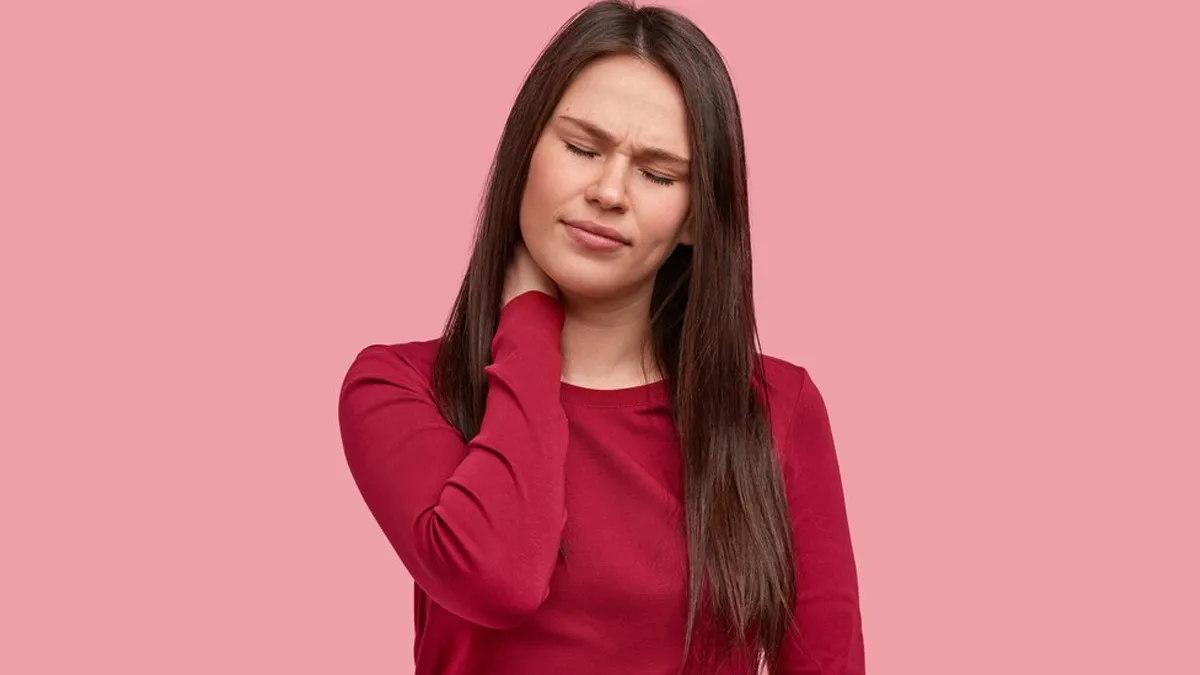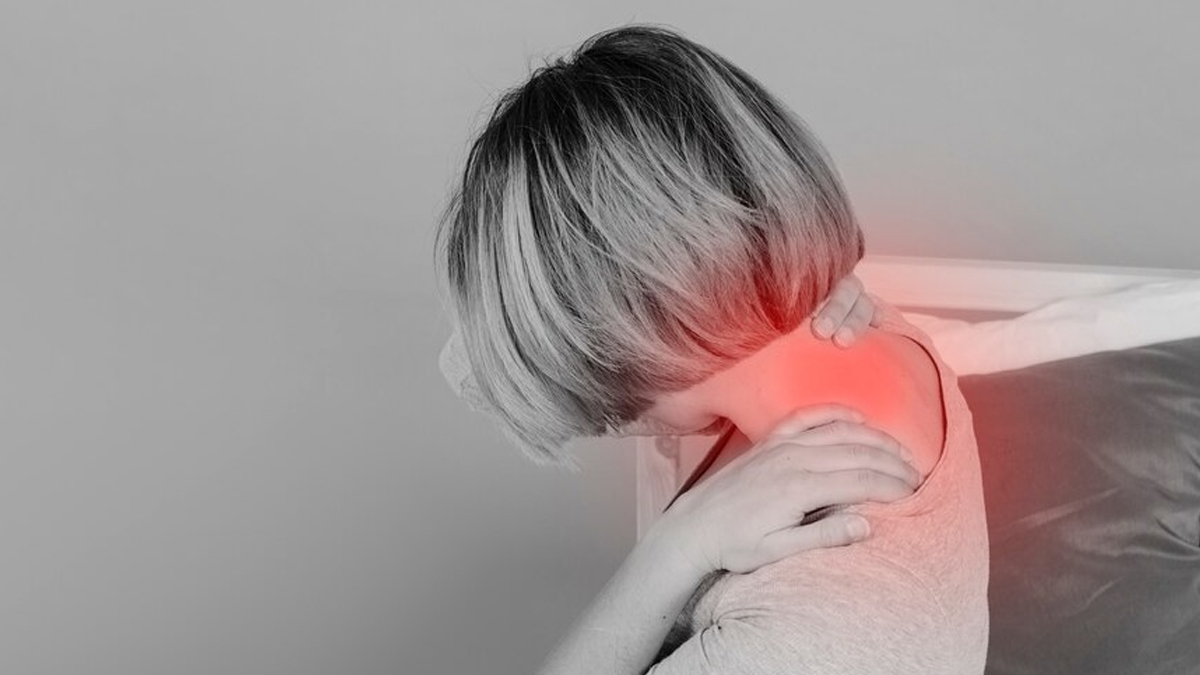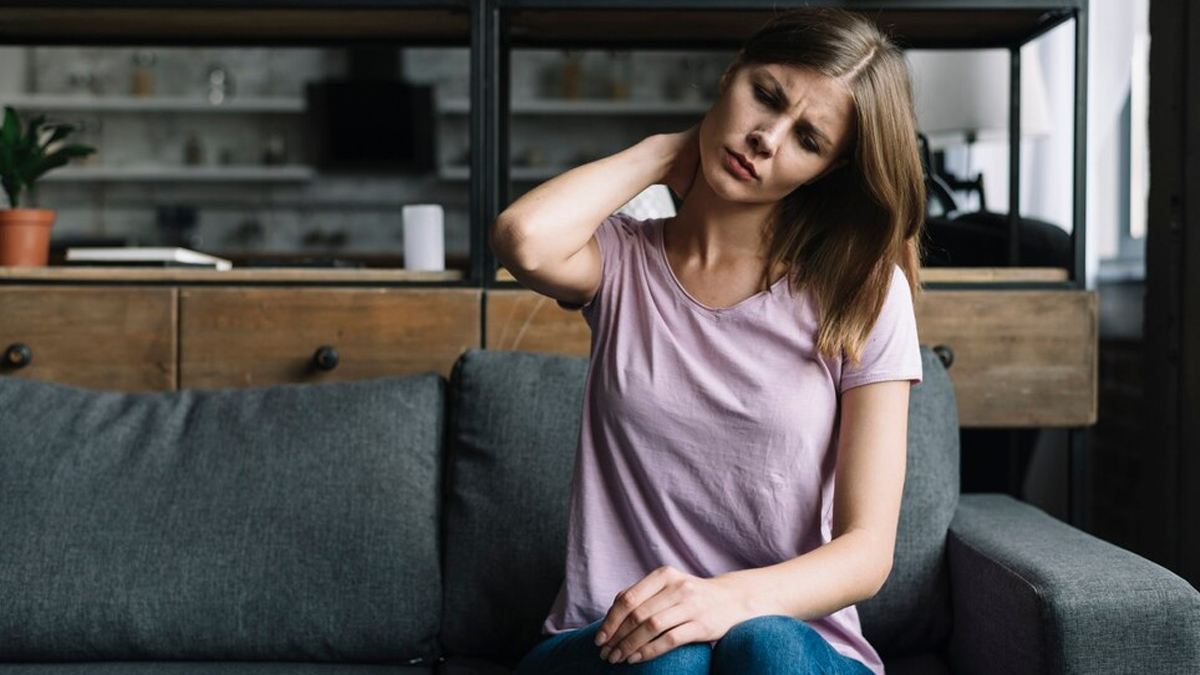
Cervical generally refers to the neck or the neck of an organ. For instance, the cervical spine, which is the neck part of the spine or the backbone. When people complain of neck pain, medically, it is often referred to as cervical pain, which is the pain of the cervicalgia. Several factors can cause this type of pain, and it can be very distressing. Unfortunately, cervical pain is one of the most common issues reported by people of all ages, from young professionals to older adults. If it isn't managed effectively, complications often include nerve damage, loss of movement, and psychological issues.
Table of Content:-
In an interaction with the OnlyMyHealth team, Dr Sumalatha K B, Consultant - Physical Medicine and Rehabilitation, Aster CMI Hospital, Bengaluru, shares some of the common causes of cervical pain and useful tips to manage it at home.
Also Read: Cervical Pain Crisis: Expert Explains How Can Cervical Pain Affect The Spine
Common Causes Of Cervical Pain

Cervical pain is so common that up to 40% of work absenteeism is due to individuals with a history of neck pain, according to StatPearls Publishing.
Dr Sumalatha lists the most common causes, including poor posture, muscle strain, and degenerative arthritis. "Trauma originating from accidents or repetitive motions may also cause cervical pain," she adds.
Research suggests that cervical pain can also stem from cervical radiculopathy. When a nerve in the cervical spine is compressed or irritated, it can cause radiating pain down the shoulder, arm, or hand. However, in many cases, it also leads to localised neck pain due to inflammation, muscle tension, or underlying degenerative changes in the spine.
Can Cervical Pain Be Managed At Home?

According to Dr Sumalatha, various natural remedies can help reduce cervical pain. These include:
- Gentle stretches to help improve flexibility and reduce neck tension
- Applying a heating pad or cold pack to reduce inflammation, which improves the blood flow and circulation.
- Practising mindfulness or relaxation to reduce stress
- Maintaining good posture when sitting or standing, ergonomic furniture, and a supportive sleeping environment
- Including anti-inflammatory foods in your diet and staying well-hydrated
Also Read: Cervical: Effective Ways To Reduce The Neck Pain
How Exercises Can Help Relieve Cervical Pain

Exercising and stretching is a great way to alleviate muscle tension in the body, including the neck.
A 2015 review published in Cochrane Evidence Synthesis and Methods looked at 27 studies with 2,485 participants and found that strengthening exercises for the neck, shoulders, and shoulder blades work best, especially when combined with stretching or endurance exercises. However, researchers noted that stretching or endurance exercises alone don’t help much. Some special exercises, like gentle neck glides for cervicogenic headaches and mindfulness exercises for chronic neck pain, may also be useful.
Dr Sumalatha recommends doing gentle rotational movements of the neck; slowly turning your head from side to side improves mobility, she says. Moreover, performing shoulder shrugs and rolls sometimes helps to relieve tension in the involved upper trapezius muscles of cervical discomfort.
Additionally, incorporating chin tucks, where you pull your chin back towards your neck, can also strengthen the deep cervical flexors and support better posture. And stretching the neck by tilting your head towards each shoulder and holding that position can effectively stretch the lateral neck muscles, offering further relief.
Posture Correction May Help
When it comes to cervical pain, correcting posture is of utmost importance. “Better posture helps to reduce pressure on cervical problems, which will then be less painful to the user,” says Dr Sumalatha.
Some of the tools that may help in posture correction include ergonomic chairs, posture support braces, and pillows meant to align the neck and spine. These resources promote alignment and comfort that encourage healing for people with cervical pain.
Also watch this video
How we keep this article up to date:
We work with experts and keep a close eye on the latest in health and wellness. Whenever there is a new research or helpful information, we update our articles with accurate and useful advice.
Current Version